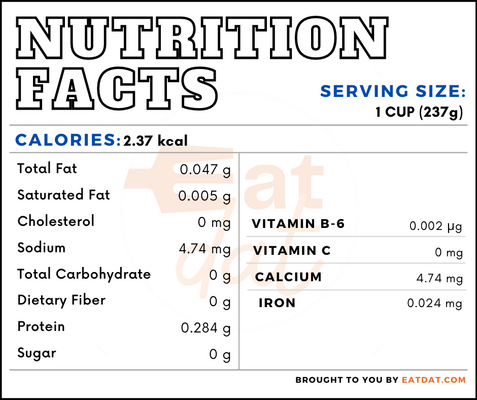
Coffee
What is Coffee?
Coffee is a hot beverage made from the coffee bean. This bean is actually a seed that comes from the bright, red cherries of the Coffea tree or shrub. These cherry seeds are dried, roasted, and ground to produce both arabica and robusta beans. Often consumed in the morning, as well as throughout the day, this hot beverage has three categories:
- brewed
- instant
- ready-to-drink
The top 8 coffee brands in the US, according to 24/7 Wall Street are:
- Dunkin’ Donuts
- Starbucks
- Café Bustelo
- Green Mountain
- Folgers
- Community
- Peet’s
- McCafé
Origin
The origins of coffee are shrouded in mystery, but it’s often traced back to the ancient forests of the Ethiopian plateau. There a goat herder named Kaldi noticed that his goat was running through the fields, full of energy after eating the red fruit from a shrub. Kaldi tried the fruit for himself and experienced the same effect, after which he took the fruit back to neighboring monks to try. These monks consumed the fruit and stayed up all night, reacting to the caffeine in the fruit.
Around 1000 AD, coffee was being cultivated by Arabs on the Red Sea coast, although it wasn’t until the 13th century that people started to roast the beans. By the 15th century, this fruit was being grown in the Yemeni part of Arabia before expanding to Persia, Egypt, Syria, and Turkey in the 16th century. Travelers brought coffee to the western world and by the 17th century, it had made its way to Europe and the American colonies.
Coffee is consumed in many different ways all over the world. Brazil, Vietnam, and Colombia are the world’s biggest producers of these beans. Between 2018 and 2019, people in the US consumed nearly 26.5 million 60 kg bags of coffee.
Function
Java lovers generally consume coffee in liquid form, but you’ll find this drink in many time-honored recipes. It can add depth to sweets like cake and give a robust flavor to meat marinades. This multi-tasking bean even works well in spice rubs, especially in its instant form.
Nutrition
Nutritional value of one cup:

It contains caffeine, alongside antioxidant and anti-inflammatory properties. Mild consumption of this drink can provide health benefits such as decreasing the chance of developing type 2 diabetes, as well as some cancers. A recent study indicated that drinking four cups of black coffee a day could contribute to a modest loss of body fat. When this brew is combined with a balanced diet rich in fruits, vegetables, whole grains, and fish, it can improve overall health.
Commercial Production
This roasted bean is produced in over fifty countries around the world. Nonetheless, the ideal conditions for producing it are found along the “The Bean Belt” around the Equator. Brazil is the top producer, making 3,558,000 metric tons of it (or a third of the coffee in the world) each year. Vietnam, Colombia, Indonesia, and Ethiopia, respectively, are the other top producers across the globe.
Application/Uses
Storing it properly will help maintain its freshness and flavor. The best way to store these beans is by sealing them in an airtight container away from moisture, heat, light, and strong odors. Be sure to choose a cool, dark place away from the oven or sunlight. It loses its flavor quickly after being roasted, so it’s best to purchase it in small amounts as it stays fresher and more flavorful that way.
Recipes
This energizing hot drink works well in sweet and savory dishes alike. Here are a few popular recipes:
FDA Regulation
The FDA inspects coffee for any signs of pests, mold, or fungi to avoid contamination. These inspections can involve sampling, visual, or x-ray examination. The examined product is then graded according to a strict quality guideline.
References
University of Oxford, and Department of Plant Sciences. Coffea Arabica L. (Rubiaceae). https://herbaria.plants.ox.ac.uk/bol/plants400/Profiles/CD/Coffeaarabica.
Avey, Tori. “The Caffeinated History of Coffee.” PBS, Public Broadcasting Service, 8 Apr. 2013, www.pbs.org/food/the-history-kitchen/history-coffee/.
“Coffee Can Be Beneficial Part of a Healthy Diet.” T.H. Chan School of Public Health, Hardvard, 24 Apr. 2020, www.hsph.harvard.edu/news/hsph-in-the-news/coffee-beneficial-healthy-diet/.
Center for Food Safety and Applied Nutrition. “MPM: V-1. Beverages and Beverage Materials.” U.S. Food and Drug Administration, FDA, www.fda.gov/food/laboratory-methods-food/mpm-v-1-beverages-and-beverage-materials.
